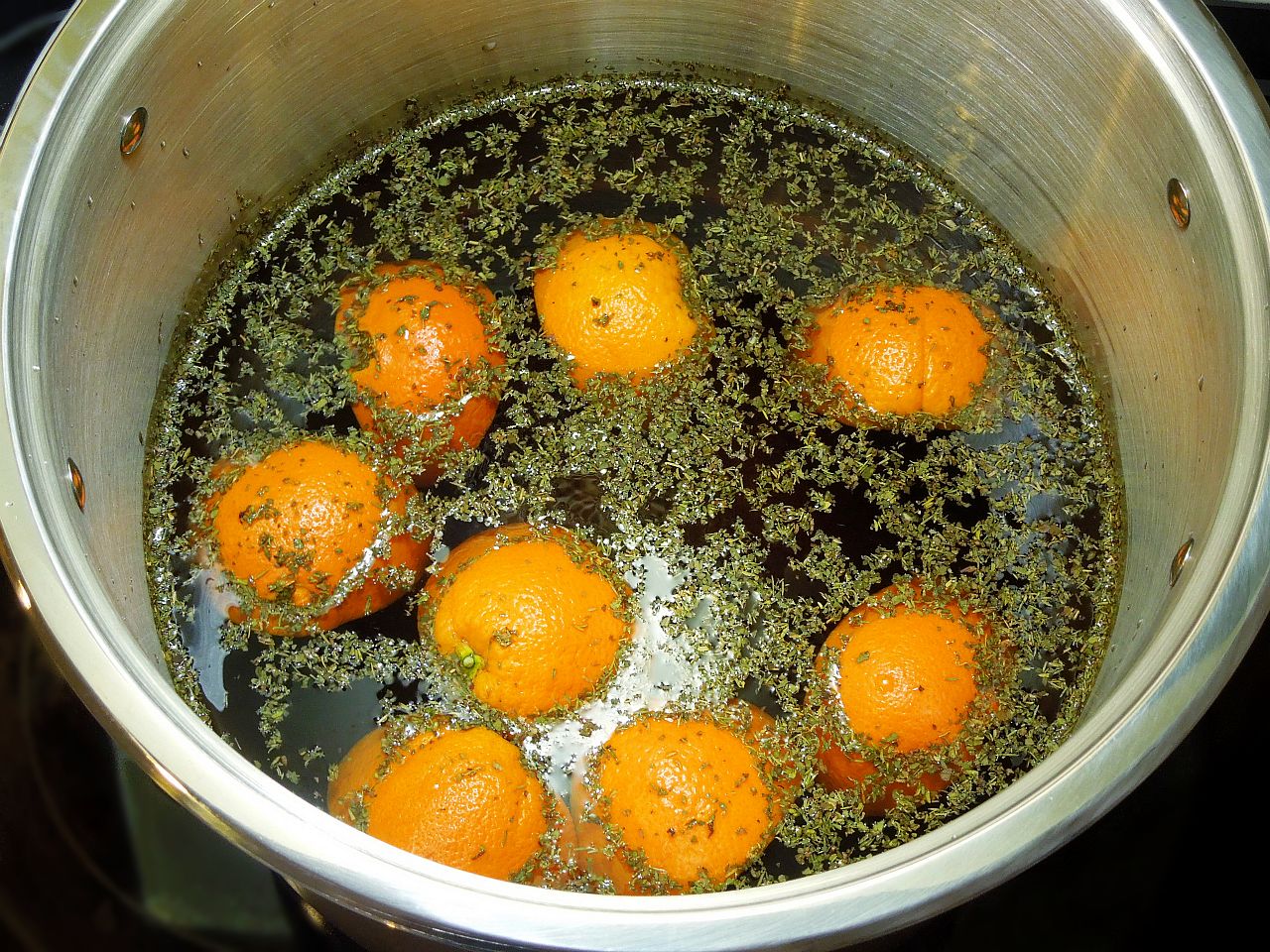As I posted in a previous blog entry, I've enrolled in an on-line course about the relationship between science and cooking.
Here's what went down week 9 .
- To coincide with all the holiday baking going on, this week's lesson explores the basic physics and chemistry involved in baking. Joanne Chang is this week's celebrity instructor.
- Baking involves a lot of the topics already covered in the course. Understanding these concepts won't make you a master baker, but hopefully, it will help you make better sense of the recipes you're using:
- Elasticity - the properties of gluten; the elastic network that occurs in proteins, starches, and sugars.
- Viscosity - any time something expands and rises, it involves the flowing of molecules by each other; without it, your breads wouldn't rise, and your cakes and cookies wouldn't expand.
- Emulsions - baked goods tend to be made of bubbles that are packed together, and those bubbles are the result of gas expansion that occurs during baking.
- Heat transfer - obeys the laws of diffusion.
- Joanne Chang shows us some of the science behind making a birthday cake and a flaky pie dough:
- Though a birthday cake would work for Christmas baking (think about it), here's the recipe for another cake used in this lesson to try over the holidays, a Coca Cola cake:
Ingredients
1 cup cola
1/2 cup buttermilk
1 cup butter, softened
1 3/4 cups sugar
2 large eggs, lightly beaten
2 teaspoons vanilla extract
2 cups all-purpose flour
1/4 cup cocoa
1 teaspoon baking soda
1 1/2 cups miniature marshmallows
3/4 cup chopped pecans, toasted (optional garnish)
- Combine the cola and the buttermilk in a bowl, then set the mixture aside.
- Beat the butter at a low speed with an electric mixer until creamy. Gradually add sugar; beat until blended. Add the egg and vanilla, and again beat at low speed until blended.
- Combine the flour and cocoa to the cola mixture. Add to the butter mixture alternately with the cola mixture; begin and end with the flour mixture. Beat at low speed just until blended.
- Stir in the marshmallows. Pour the batter into a greased and floured pan. Bake at 350° for 30 to 35 minutes. Now is the time to make your frosting.
1/2 cup butter
1/3 cup cola
3 tablespoons cocoa
1 (16-ounce) package powdered sugar
1 tablespoon vanilla extract
2 teaspoons vanilla extract- Combine the butter, cola, and cocoa and bring it to a boil in a large saucepan over medium heat, stirring until the butter melts. Remove from heat, and whisk in the sugar and vanilla.
- Remove the cake from the oven, and allow it cool 10 minutes. Pour the frosting over the warm cake. Garnish with the pecans, if desired.








.jpg)





